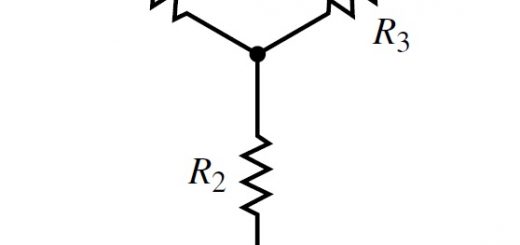How Wien Bridge Oscillator Works?
Wien Bridge Oscillator:
We have already discussed about various transistor based oscillator circuits in our previous posts. In this short post, let us discuss about How Wien Bridge Oscillator Works? Before proceeding further let us refresh about the various oscillators
Types of Oscillator Circuits - Basics, Conditions, Block Diagram
How Tank Circuit works? – Tank Circuit working principle
Wien Bridge Oscillator Circuit Operation:

- Wien Bridge Oscillator is the most frequently used type of audio oscillator as its output will not be affected by circuit fluctuations and ambient temperature. It is the standard oscillator circuit of all frequencies in the range of 10Hz to 1MHz.
- The circuit diagram of wien bridge oscillator is shown below. Basically it is a two stage amplifier with RC bridge circuit.
- The R1 C1, R3, R2C2, and LP establish the bridge circuit.
- Resistance R3 and LP(tungsten lamp) are used to stabilize the output amplitude. Tungsten lamp LP is a temperature sensitive device. It’s resistance increases with current.
- The transistor T1 acts as an oscillator and amplifier.
- The transistor T2 acts as a inverter (ie, to produce 180 phase shift)
- The wein bridge oscillator uses both positive and negative feebacks.
- The positive feedback is through R1C1, C2R2 to the transistor T1. The negative feedback is through the voltage divider to the input of transistor T2.
- The wein brigde oscillator frequency is determined by the series element R1C1 and parallel element R2C2 of the bridge.
Consider R1=R2=R and C1=C2=C
Circuit Operation:
When the circuit is started, the bridge circuit produces oscillations with the frequency as per above equation. Total phase shift of 360 produced by two transistors, so that proper positive feedback is ensured. The tungsten lamp(temperature sensitive element) ensures the negative feedback. The negative feedback ensures the constant output.
Wien Bridge Oscillator Advantages:
- It gives constant output.
- The circuit works quite easily.
- As two transistors are used, the overall gain is high.
- By using potentiometer, the frequencies of oscillations can be changed easily.
Wien Bridge Oscillator Disadvantages:
- This oscillator requires two BJTs and large no of components.
- Very high frequencies cannot be generated.
Thanks for reading.... Read about other Oscillators:
Tunnel Diode Oscillator – Application of Tunnel Diode
Colpitt’s Oscillator Working Principle
Crystal oscillator – Basics, Working, Frequency Response, Pros & Cons
How Tuned collector oscillator works? – Circuit Operation, Working Principle
Please leave your comments below...

